What To Look For In A Digital Camera ?
When looking for a digital camera, there are several key factors to consider. Firstly, consider the camera's image quality, which is determined by factors such as the sensor size, resolution, and lens quality. Look for a camera with a higher megapixel count and a larger sensor size for better image detail and low-light performance. Secondly, consider the camera's features and functionality. Look for features such as optical zoom, image stabilization, and manual controls, depending on your photography needs. Additionally, consider the camera's size and weight, as well as its ease of use and user interface. Finally, consider the camera's connectivity options, such as Wi-Fi or Bluetooth, which allow for easy sharing and transferring of photos.
1、 Image quality and resolution capabilities
When considering what to look for in a digital camera, one of the most important factors to consider is image quality and resolution capabilities. The image quality of a camera is determined by various factors such as the sensor size, pixel count, and image processing capabilities. A higher resolution camera will produce sharper and more detailed images, allowing for better enlargements and cropping options.
In recent years, there have been significant advancements in digital camera technology, with manufacturers constantly pushing the boundaries of image quality. The latest cameras on the market offer impressive resolution capabilities, with some models boasting resolutions of 50 megapixels or more. These high-resolution cameras are particularly beneficial for professional photographers or those who require the utmost detail in their images.
However, it's important to note that image quality is not solely determined by resolution. Other factors such as dynamic range, color accuracy, and low-light performance also play a crucial role. Therefore, it is essential to consider these aspects as well when evaluating a camera's image quality.
Additionally, advancements in image processing algorithms have greatly improved the overall image quality of digital cameras. Features such as noise reduction, image stabilization, and advanced autofocus systems contribute to producing sharper and more vibrant images.
In conclusion, when looking for a digital camera, image quality and resolution capabilities should be at the top of your list. However, it is important to consider other factors such as dynamic range, color accuracy, and low-light performance to ensure you choose a camera that meets your specific needs.

2、 Sensor size and type
When considering what to look for in a digital camera, one of the most important factors to consider is the sensor size and type. The sensor is the component that captures the light and converts it into a digital image. The size and type of sensor can greatly impact the image quality and performance of a camera.
Sensor size refers to the physical dimensions of the sensor. Generally, larger sensors tend to produce better image quality, especially in low-light conditions. This is because larger sensors have larger pixels, which can capture more light and result in less noise in the image. Full-frame sensors, which are the same size as a 35mm film frame, are considered to be the gold standard in terms of image quality. However, they are also more expensive and larger in size.
In recent years, there has been a rise in popularity of mirrorless cameras, which often feature smaller sensors. While these cameras may not have the same image quality as full-frame cameras, they can still produce excellent results and offer a more compact and lightweight option for photographers.
In addition to sensor size, the type of sensor is also important to consider. There are two main types of sensors: CCD (charge-coupled device) and CMOS (complementary metal-oxide-semiconductor). CMOS sensors have become more prevalent in recent years due to their lower power consumption and faster readout speeds. They also tend to perform better in low-light conditions and offer better video capabilities.
It's worth noting that technology is constantly evolving, and new advancements in sensor technology are being made all the time. For example, backside-illuminated (BSI) sensors have become more common, which improve low-light performance even further.
In conclusion, when looking for a digital camera, it is crucial to consider the sensor size and type. While larger sensors generally offer better image quality, smaller sensors can still produce excellent results, especially with advancements in technology. Ultimately, the choice depends on individual needs and preferences, as well as budget constraints.
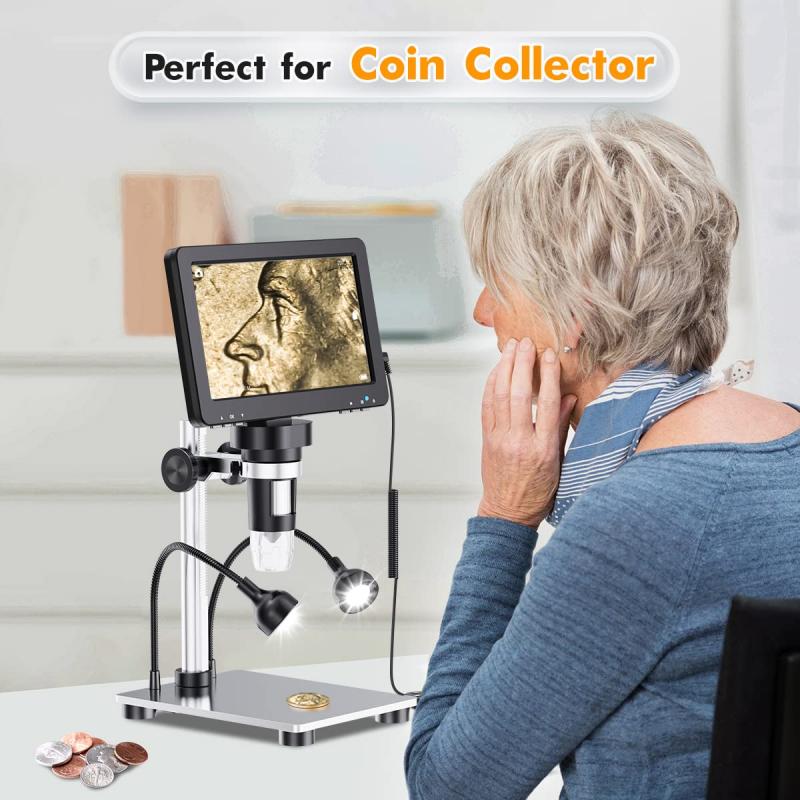
3、 Lens options and focal length range
When considering what to look for in a digital camera, one of the most important factors to consider is the lens options and focal length range. The lens is a crucial component of a camera as it determines the quality and versatility of the images you can capture.
Lens options refer to the variety of lenses available for a particular camera system. Different lenses offer different focal lengths, which determine the field of view and magnification of the images. A wide range of lens options allows photographers to capture a wide variety of subjects, from landscapes to portraits to wildlife. It is important to choose a camera system that offers a diverse selection of lenses to suit your specific photography needs.
The focal length range is another important aspect to consider. A camera with a wide focal length range provides more flexibility in capturing different types of shots. For example, a camera with a wide-angle lens can capture expansive landscapes, while a telephoto lens allows for close-up shots of distant subjects. Having a camera with a versatile focal length range ensures that you can adapt to various shooting situations and achieve the desired composition.
In recent years, there have been advancements in lens technology, such as the development of high-quality zoom lenses and image stabilization systems. These advancements have made it easier for photographers to achieve sharp and steady images, even in challenging shooting conditions. Additionally, some cameras now offer interchangeable lens systems, allowing photographers to switch between different lenses to suit their specific needs.
In conclusion, when looking for a digital camera, it is essential to consider the lens options and focal length range. A wide range of lens options and a versatile focal length range provide photographers with the flexibility and creative freedom to capture a wide variety of subjects. With the latest advancements in lens technology, photographers can now achieve even better image quality and stability.

4、 ISO sensitivity and low-light performance
When considering what to look for in a digital camera, one of the most important factors to consider is ISO sensitivity and low-light performance. ISO sensitivity refers to the camera's ability to capture images in low-light conditions without sacrificing image quality. This is particularly important for photographers who often shoot in dimly lit environments or at night.
A higher ISO sensitivity allows the camera to capture more light, resulting in brighter and clearer images. However, it's important to note that higher ISO settings can also introduce noise or graininess to the image. Therefore, it's crucial to find a camera that strikes a balance between high ISO capabilities and low noise levels.
In recent years, advancements in technology have greatly improved the ISO performance of digital cameras. Many modern cameras now offer impressive low-light capabilities, allowing photographers to capture stunning images even in challenging lighting conditions. Some cameras even have specialized low-light shooting modes or features, such as image stabilization or noise reduction algorithms, to further enhance the quality of images taken in low-light situations.
Additionally, it's worth considering the size of the camera's image sensor. Generally, larger sensors tend to perform better in low-light conditions as they can capture more light. Full-frame cameras, for example, have larger sensors compared to APS-C or Micro Four Thirds cameras, resulting in better low-light performance.
In conclusion, when looking for a digital camera, ISO sensitivity and low-light performance should be high on your list of priorities. With advancements in technology, many cameras now offer impressive capabilities in this area, allowing photographers to capture high-quality images even in challenging lighting conditions.
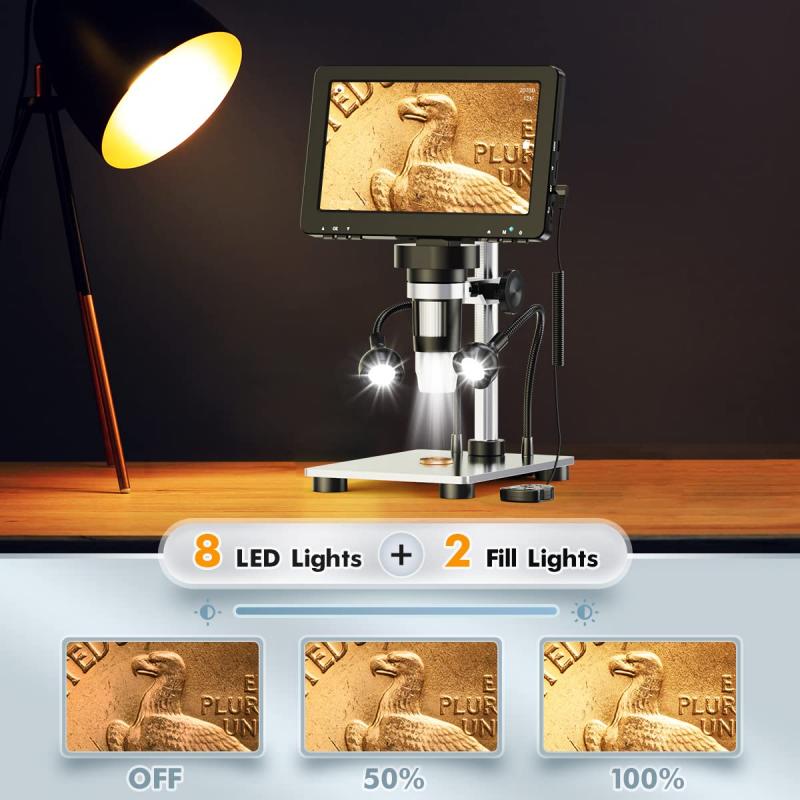










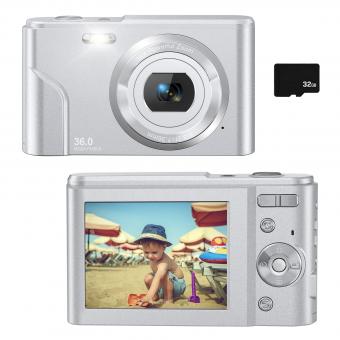




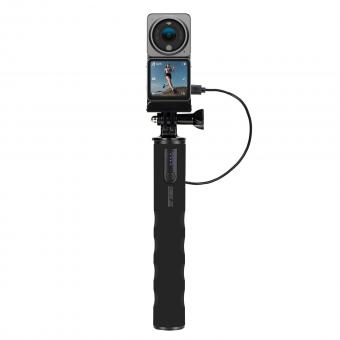
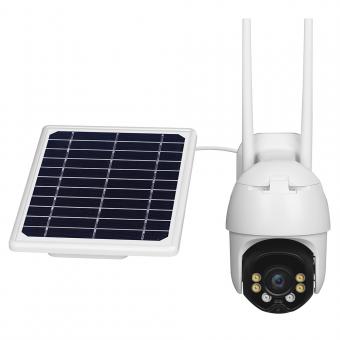
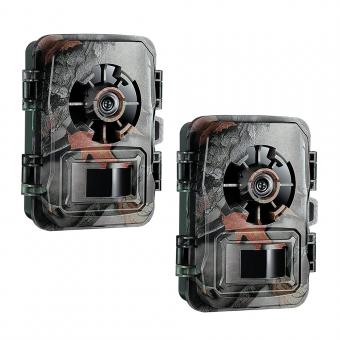
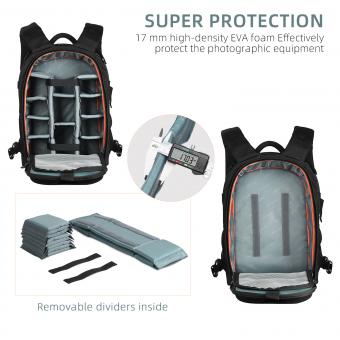






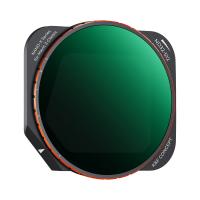

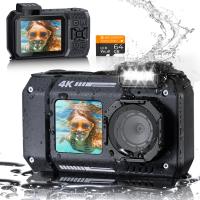



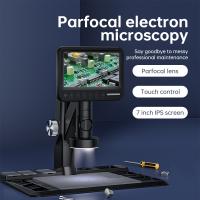
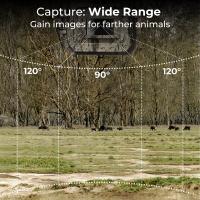

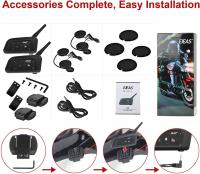
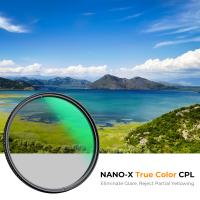
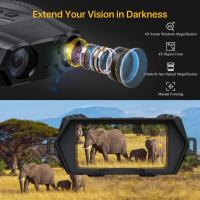


There are no comments for this blog.